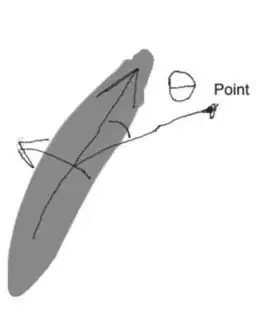Mahalanobis distance provides a value that might be used for the detection of outliers. My question: how to calculate the direction of the outlier (as a vector)?
A simple answer would be to use the distance between the center of the distribution and the outlier but this answer would not use the "normalization" property provided by the Mahalanobis distance...
